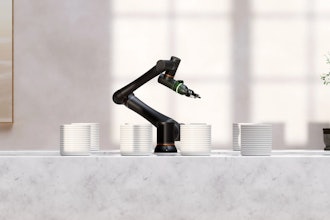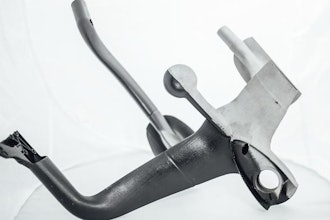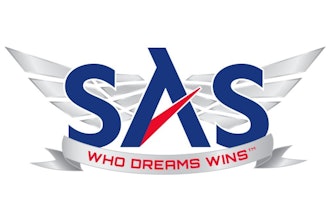
Kodak getting into healthcare.
Tito’s Vodka making hand sanitizer.
New Balance producing protective masks. Companies and manufacturers like these are working hard to adapt – and in many cases produce much-needed goods.
Companies across industries shifting product lines in response to COVID-19 is just one effect of the pandemic that would have seemed out of the question just months ago. These pivots might unlock untapped potential advances and innovation. Along with the advances and innovation, they could open up a host of intellectual property issues.
Companies that are pivoting with respect to the products or services also need to take steps to prevent the loss of potential IP assets and rights. That means embracing another set of notions that would have been hard to fathom at the beginning of 2020.
IP Difficulties in Shifting Product Lines
Companies developing new product lines must make sure that potential IP rights are not forgotten assets. Advances and innovations made in moving from one product to a product in a different space may not be immediately apparent -- and may be subject to patent or other forms of IP protection. Similarly, existing trademark rights may not cover a product area unrelated to the company’s existing goods or services.
From a freedom-to-operate perspective, companies must assess the risk that their new product line may encroach on the patent or trademark rights of a third party. A company that has operated without infringing a third party’s IP rights in one product line must assess its freedom to manufacture or sell a different product with processes or infrastructure it uses on existing products.
Also, a company may have operated under a license from a third party for IP rights and assume that the license applies to a new product. This may or may not be the case as the license could be limited in scope with respect to the products that are licensed or the geographic scope of the license.
Trade secret rights are another potential asset, but they also are a potential area of risk. Utilizing existing processes and infrastructure when manufacturing a new product line may require developing certain know-how, processes or other proprietary developments – which may provide valuable business information that can be protected as trade secrets.
From a risk standpoint, new employees who come from a different industry may possess a third party’s proprietary information that they have an obligation to maintain in confidence. A company pivoting into a new product line needs to make sure that it does not inadvertently receive or use the third party’s proprietary information.
What About Adapting Existing Technology?
A common misconception is that there is nothing protectable when using existing technology in a new product. It is almost certain that some modifications will be necessary to adjust processes or equipment to manufacture a different product. Those modifications may be valuable advances protected through patents or trade secrets. A company should investigate its existing patent applications to assess whether the scope of the pending application can be broadened to cover the new product, or whether a new application should be filed to cover the advances.
With respect to existing IP, there is no single answer and each situation has to be assessed on a case-by-case basis. With respect to patents, companies need to analyze the breadth of their existing patents. An issued patent may be broad enough to cover the new product line or limited in scope so that it covers only specific products or processes.
Filing a new application to cover the advances may be warranted. Similarly, with respect to trademarks, moving into a new product area may take the company into an area where it does not already have trademark rights and cannot make a case that it is an area of natural expansion.
Are There Additional Complications for International Matters?
If a company sees a market for products in one or more foreign countries, or seeks to manufacture products in one or more foreign countries, it needs to consider seeking protection in those countries and weigh the costs of obtaining such protections against the benefits. It must also consider the risk with respect to third-party IP rights in foreign countries.
Even if a company has U.S. patent or trademark rights, and corresponding patent or trademark rights in a foreign country, the scope of the foreign rights is interpreted and enforced according to the laws of the foreign jurisdiction. These foreign rights may vary in scope compared to U.S. rights.
Also, marketing or manufacturing in a foreign country may invoke IP rights of a third party in those countries that the third party does not have in the U.S. A freedom to operate analysis should be performed in countries where the new product line will be marketed or manufactured.
To be sure, the stakes are high in our current environment. Companies often rely on patents and other types of IP rights to help safeguard against competition, thereby increasing the chance that they have an advantage over their competitors with respect to their business models. If proper measures are not taken in a timely manner, those rights may be forfeited.
These somewhat chaotic times warrant caution. An investment in moving from manufacturing one product to another may be jeopardized if the rights are lost and other companies can freely use those advances without any compensation.
Gus Siller is President of Brinks Gilson & Lione, one of the nation's largest intellectual property law firms.






















